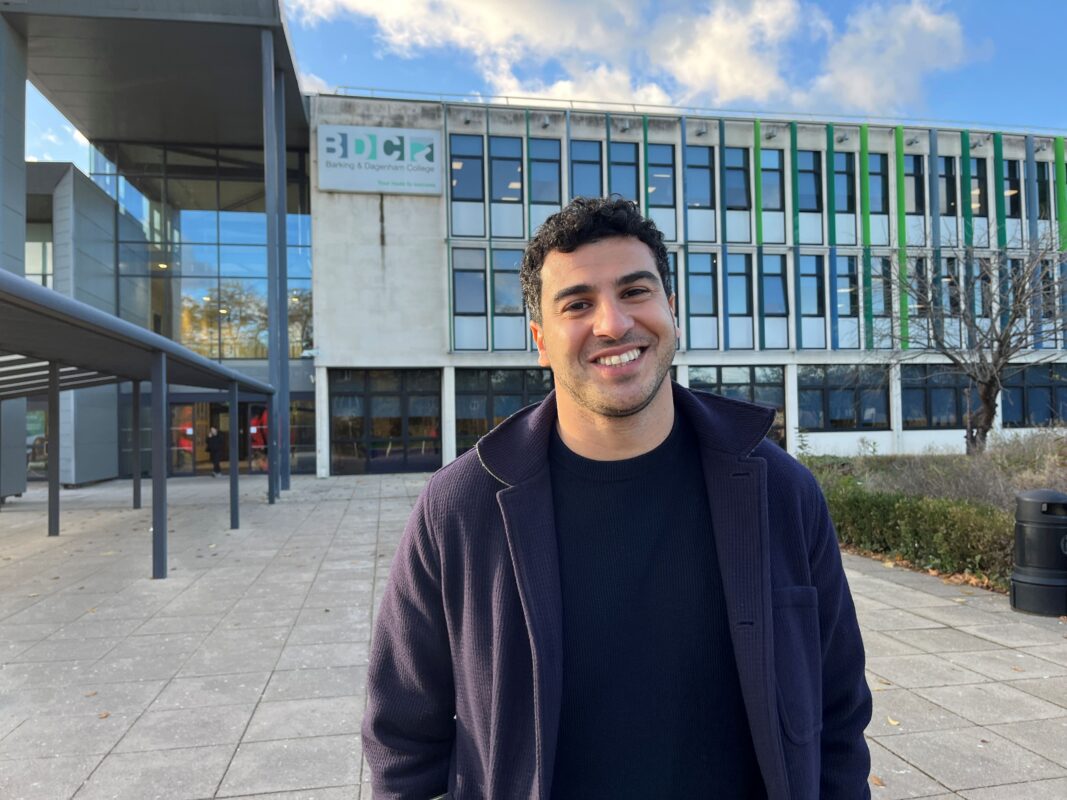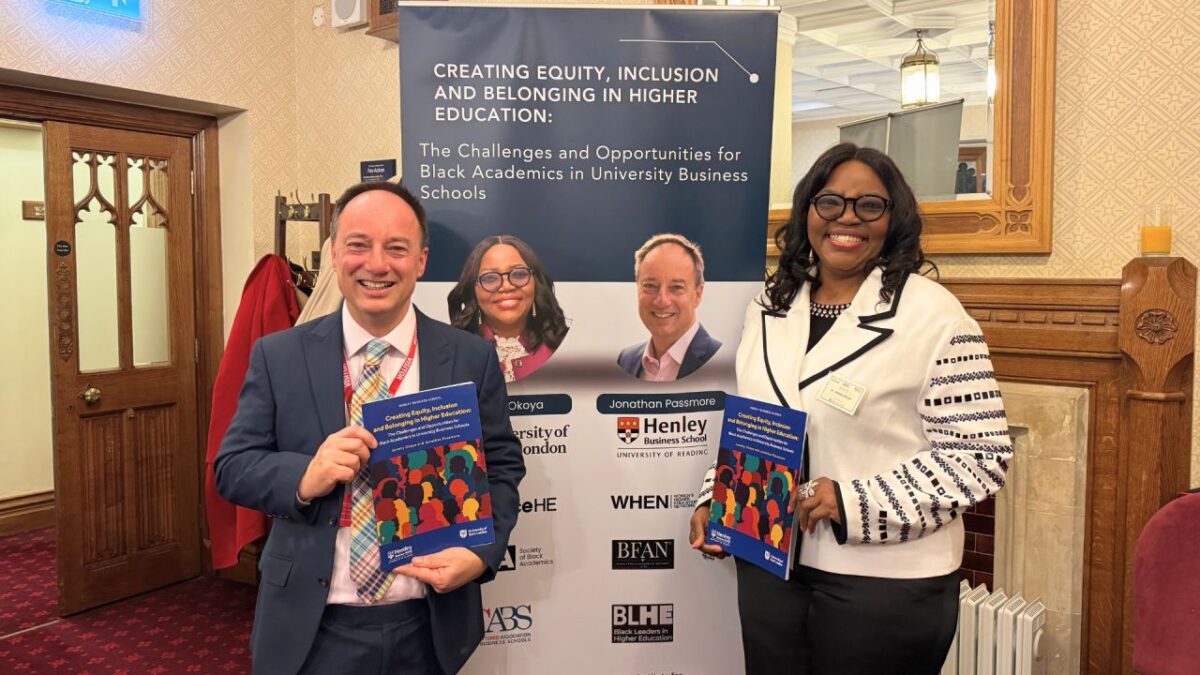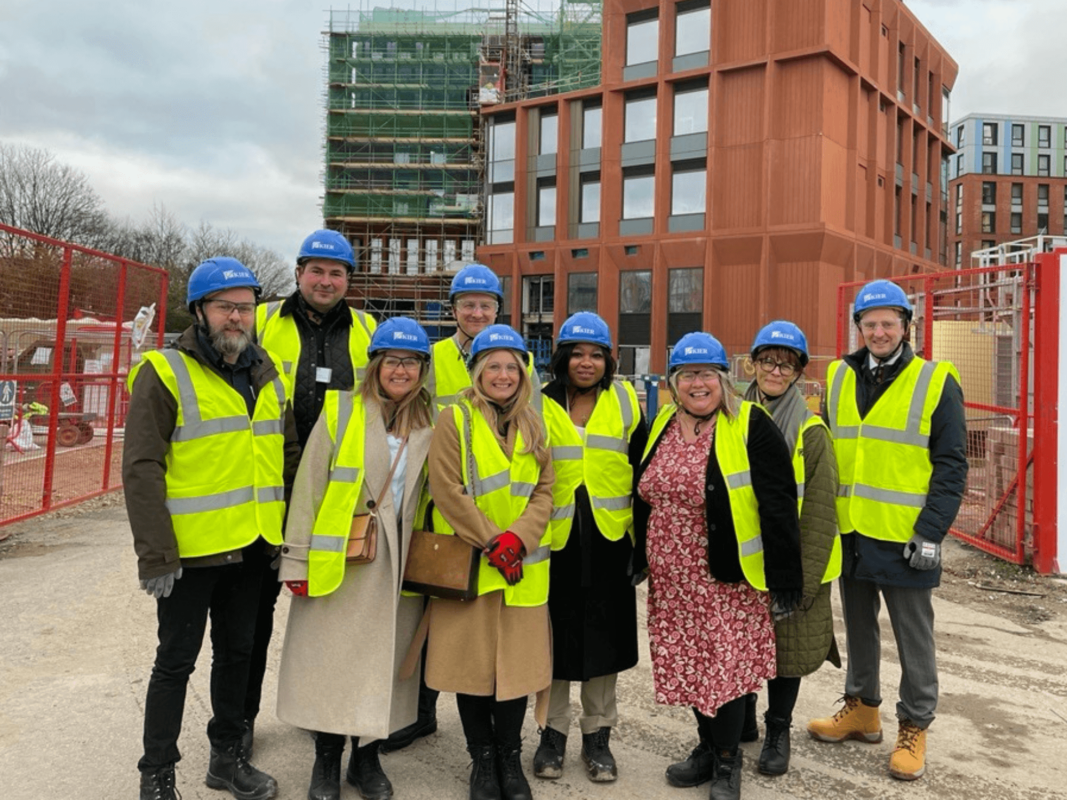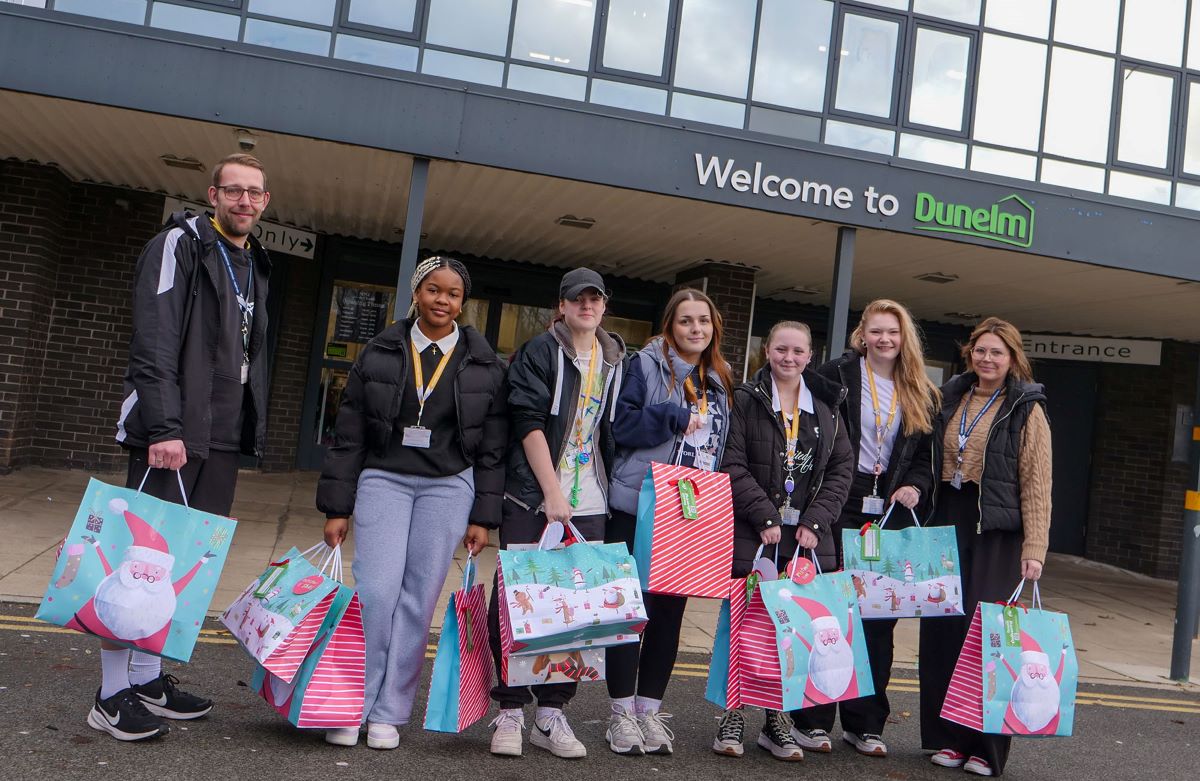Building Bridges: Strengthening Relationships between Higher Education Institutions and Local Communities

In recent years, the collaboration between Higher Education Institutions (HEIs) and local communities has garnered significant attention. These partnerships, when nurtured effectively, have the potential to create positive impacts beyond the campus itself. These partnerships can create a mutually beneficial relationship. For Higher Education Institutes it offers a platform to demonstrate commitment to social and civic welfare. For local communities, it presents an opportunity for empowerment, access to resources, and the fostering of a deeper sense of community. Establishing and nurturing these connections requires a deliberate and committed effort. Here are some key strategies for Higher Education institutions aiming to strengthen relationships with local communities.
Understanding Local Needs
The first step in building a meaningful partnership is to listen. HEIs should invest time and resources in understanding the unique challenges and aspirations of the community they wish to engage with. Conducting surveys, hosting focus groups and collaborating with local leaders can provide invaluable insights to make a meaningful impact on the community.
Co-creation of Initiatives
After understanding community needs, the next step is to co-create initiatives and avoid one-way assistance. HEIs should strive to co-create initiatives with community members through consultations and suggestions. This not only ensures the initiative is relevant but also empowers the community to take ownership of the programs.
Skill Development and Education
Higher Education providers possess a wealth of knowledge, expertise and research. By offering skill development workshops, training programs, access to educational resources and free courses, they can directly contribute to enhancing the employability and educational attainment of local residents.
Infrastructure and Resource Sharing
Sharing facilities such as libraries, sports complexes, or research labs with the community can be an excellent way to bridge the gap between academia and residents. This not only benefits local people but also fosters a sense of inclusivity.
Long-Term Commitment
Building trust takes time. HEIs should approach community engagement as a long-term commitment rather than a short-lived project. Consistency and reliability are key pillars of successful partnerships.
Measurable Impact
To truly assess the effectiveness of their efforts, higher education providers should establish clear metrics to track progress. Whether it’s tracking a reduction in crime rates, increased employment numbers, or improved academic performance among local students, having measurable goals adds accountability. At Oxford Business College, we tracked how our Nottingham campus made a positive impact on the crime landscape in the local area, with Nottinghamshire Police reporting an overall 8% reduction in crime in the St Ann’s area where the campus is based. Official crime statistics underlined the changes, revealing a 74% reduction in muggings, a 47% decrease in anti-social behaviour, and significant drops of 28% in both vehicle and bicycle thefts.
Conclusion
The relationship between Higher Education Institutes and local communities holds immense promise for creating a more inclusive and prosperous society. By adopting a strategic and holistic approach to engagement, institutions can become catalysts for positive change. Bridging the gap between academic institutions and local communities can be a force for good and prosperity.
By Mr Sarwar Khawaja Chairman, Executive Board, Oxford Business College











Responses